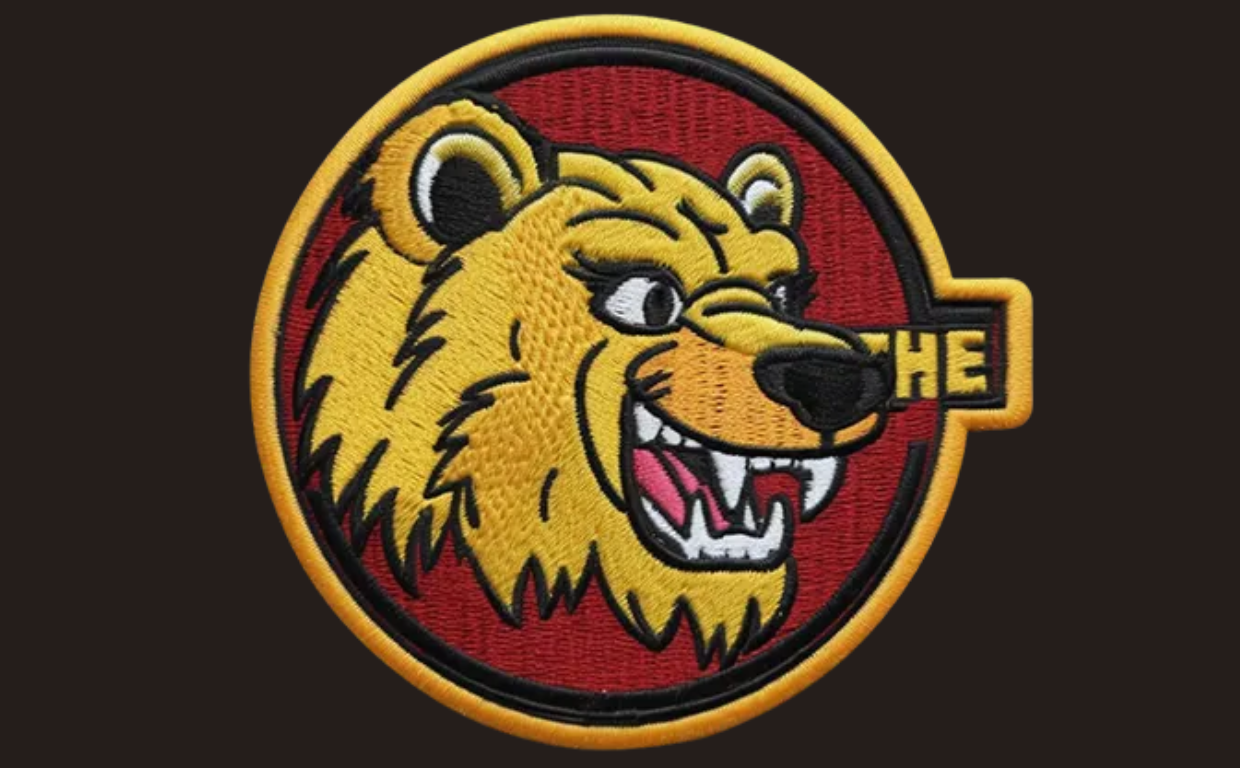Chenille embroidery offers a soft, fuzzy feel that gives designs depth and warmth. At Mahi Digitizing, we specialize in custom chenille digitizing that combines bold texture with lasting quality. This guide explores the technique, design tips, and how to use chenille embroidery in apparel and branding.
What Makes Chenille Embroidery Unique
Chenille embroidery is created using looped yarns that form a plush, carpet-like surface. Unlike flat embroidery, it gives designs a three-dimensional look that feels soft to the touch.
Traditionally, chenille appeared on varsity jackets and sports patches. Today, it’s popular in fashion, streetwear, and accessories due to its nostalgic and bold style.
The process uses chain-stitch machines, which loop thick threads in dense rows. This technique adds volume while keeping the design readable and eye-catching.
Because the yarn is thicker than standard embroidery thread, it requires a different digitizing approach. Designs must be bold, with clear outlines and strong shapes.
Our team at Mahi Digitizing sets up chenille files for smooth production and consistent loop quality. Every file is tested for fabric compatibility and stitch accuracy.
Chenille embroidery delivers a premium texture that stands out, especially on products where softness and style matter.
Chenille Texture vs. Other Embroidery Styles
Most embroidery uses flat or satin stitches that create a smooth design. In contrast, chenille’s loops give a fluffy, raised texture that feels rich and dimensional.
This texture works best on heavier fabrics like wool, felt, or fleece. It doesn’t perform well on thin materials that lack support.
Chenille is excellent for large lettering, monograms, and bold logos. It adds visual depth that makes simple shapes look more artistic.
When paired with felt backgrounds or satin borders, chenille creates a layered, high-end finish that elevates basic apparel.
Its soft texture brings a cozy, retro look. That’s why it’s often used on school jackets, team apparel, and nostalgia-themed merchandise.
Customers often choose chenille to add perceived value and a handcrafted feel to their branding or fashion items.
Best Design Practices for Chenille
Chenille embroidery works best with simple, bold designs. Thin lines and small details can disappear in the thick yarn texture.
Use wide fonts, clear shapes, and high-contrast colors for maximum impact. This ensures your design stays readable and sharp.
Combining chenille with satin-stitched outlines helps define the edges. This adds structure and improves overall clarity.
During digitizing, loop height and spacing must be carefully set. If not, the yarn may become uneven or fall apart during wear.
Always test your chenille design on the actual garment type. This helps avoid production surprises and ensures quality control.
Our experts at Mahi Digitizing provide custom adjustments for every project to maintain balance between style and durability.
Where to Use Chenille Embroidery
Chenille is ideal for jackets, sweaters, hats, and hoodies. These garments support the looped texture and show off the raised design well.
Chenille patches also work great on bags, varsity gear, and accessories. Their texture draws attention and invites touch.
Fashion brands use chenille to create bold, cozy looks that stand out online and in stores. It adds instant retro charm to any product.
Chenille is often combined with flat embroidery to create multi-textured designs. This approach makes logos more dynamic and layered.
Large letter patches and custom slogans are perfect for chenille. The bold shapes bring the fuzzy loops to life.
If you want a design that adds character and depth, chenille is the perfect choice for your next apparel or branding project.
Caring for Chenille Designs
Chenille requires gentle care. Always wash it inside out using cold water and avoid tumble drying whenever possible.
Let the garment air-dry flat to keep the loops fluffy. Heat and pressure can flatten or damage the texture.
Never iron directly on chenille. Use a cloth barrier or steam carefully to protect the fibers.
Store chenille pieces on hangers instead of folding. This prevents the patch from getting creased or crushed.
Choosing high-quality thread and backing helps maintain vibrancy and durability through multiple washes.
Our team at Mahi Digitizing offers expert care guidelines to help you get the most out of your chenille designs.
Why Choose Chenille from Mahi Digitizing
Chenille embroidery adds warmth, boldness, and texture to your designs. It instantly boosts the appeal of any product.
Whether you’re creating custom varsity gear or launching a retro apparel line, chenille offers the perfect finish.
At Mahi Digitizing, we combine advanced software with skilled digitizers to bring your chenille vision to life.
Our process ensures clean edges, consistent loops, and professional file setup ready for production.
Need something bold, cozy, and unique? Chenille embroidery gives your design personality that thread alone can’t match.
Contact us today to get started with high-quality, customized chenille digitizing made just for you.

